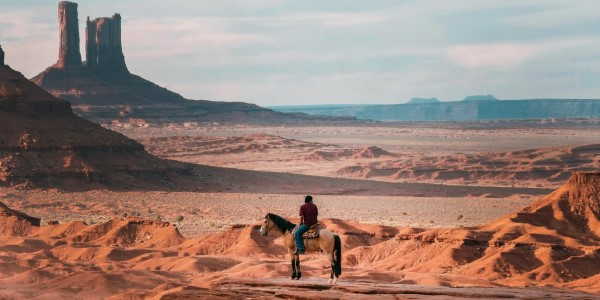Horses played a crucial role in the lives of both the Pilgrims and Native Americans. For the Pilgrims, horses were invaluable as draft animals for plowing fields and pulling wagons. However, unlike their European counterparts, the Pilgrims had few horses at their disposal. Horses were not as abundant in the early colonial settlements due to the harsh conditions and limited resources. Continue reading to learn more about America’s first Thanksgiving. Also, if you are looking for a horse property for sale in Colorado, contact Colorado Horse Property today and speak with one of our horse-person realtors.
America’s First Thanksgiving
For Native Americans, horses were far more prevalent. Horses played a central role in their daily lives long before the arrival of Europeans. Indigenous tribes such as the Wampanoag had access to horses through trade with other tribes. The Spanish introduced horses to the Americas in the early 16th century. By the time of the first Thanksgiving, horses had become essential to Native American culture, particularly in hunting and warfare. The Wampanoag people, for instance, used horses to increase their mobility, hunting buffalo, and moving between seasonal camps.
During the first Thanksgiving feast in 1621, while the Pilgrims and the Wampanoag people may not have relied directly on horses in their shared celebration, the animals were still present in their world. The Wampanoag likely used horses to bring the tribe’s leaders to the gathering, and the Pilgrims may have seen the animals in use during their interactions. The mutual respect and cooperation between the two groups were based on the exchange of knowledge, food, and resources. In this sense, the role of horses was emblematic of the larger cultural exchanges occurring between the two peoples. While the Pilgrims relied on their limited resources, the Wampanoag had a deep connection with their horses. Thus, horses were more than just animals—they were symbols of the different ways of life each group brought to the New World.

